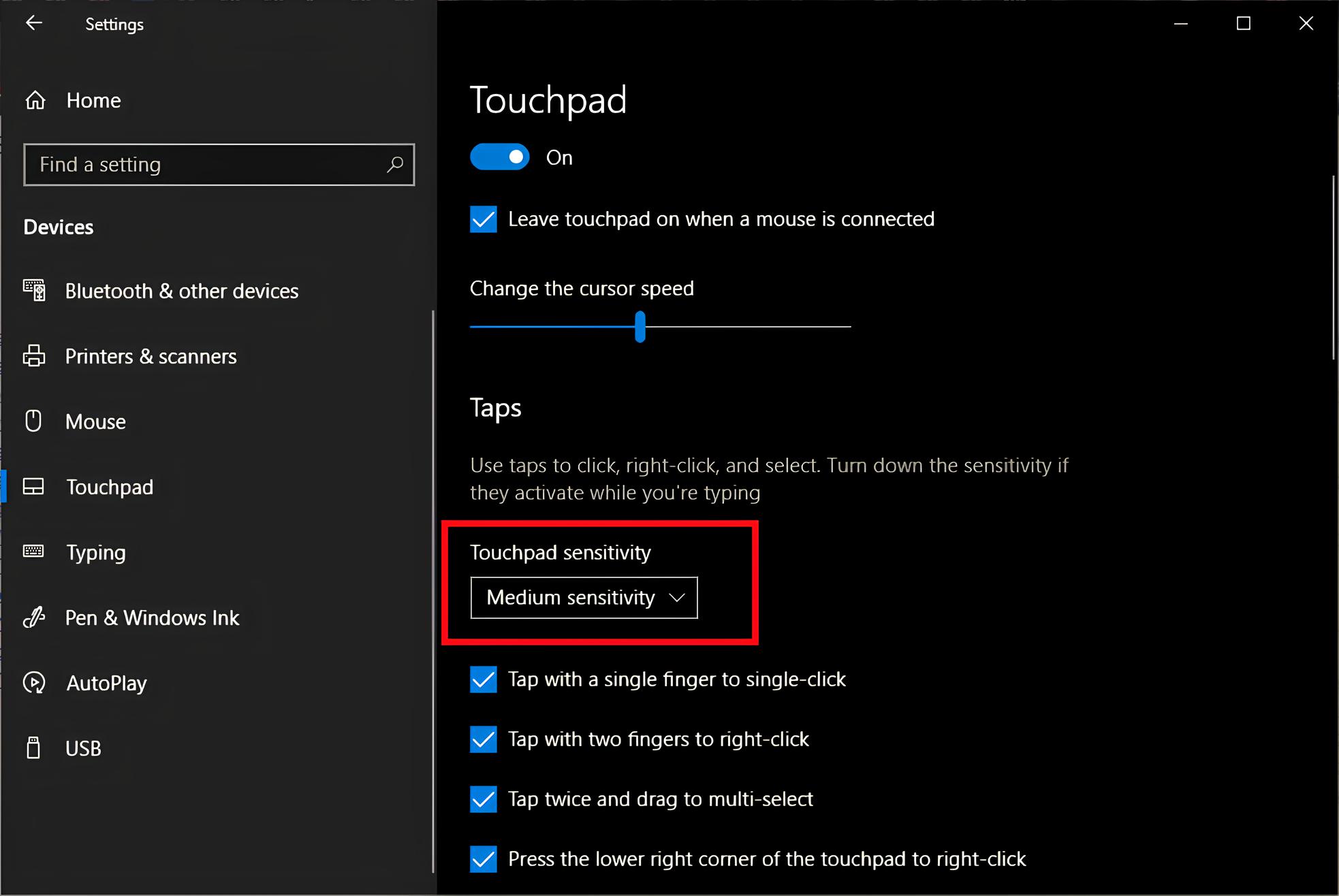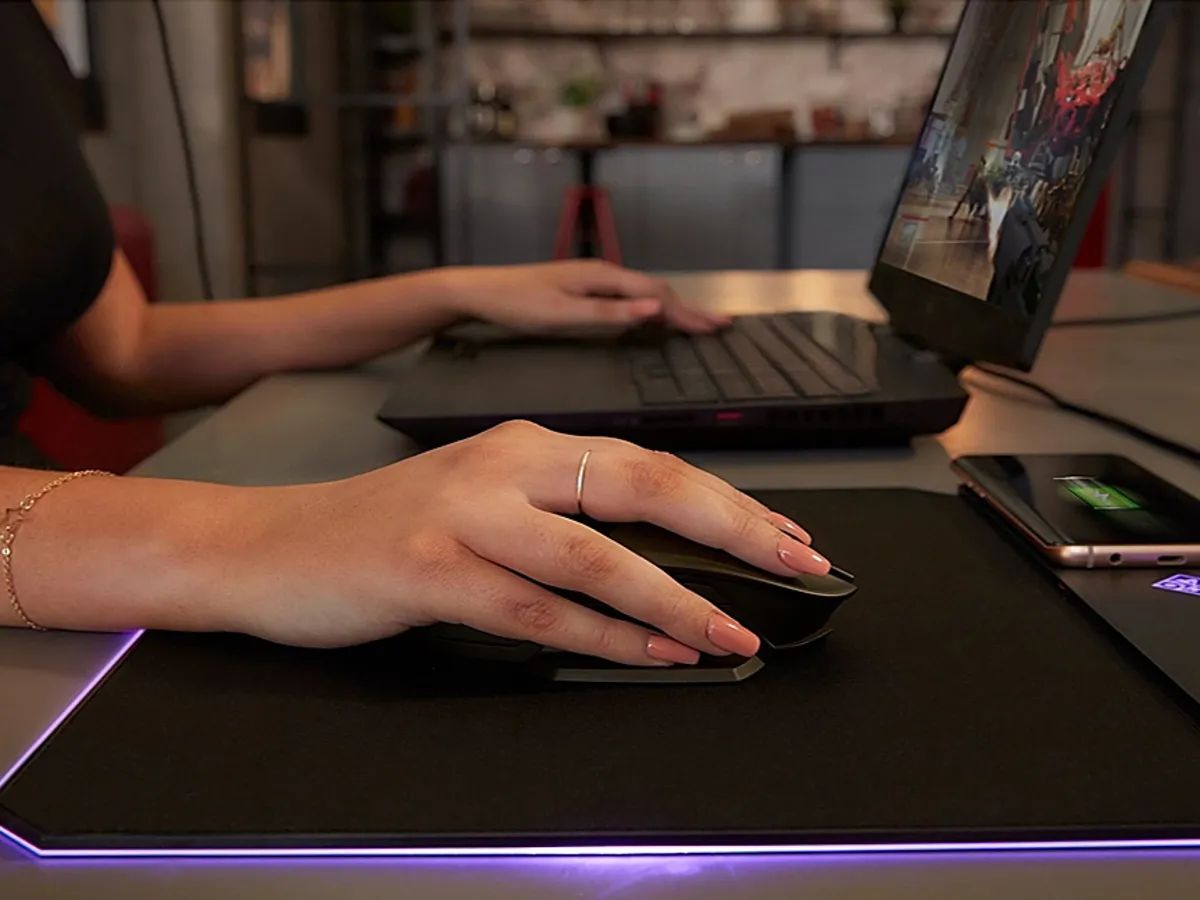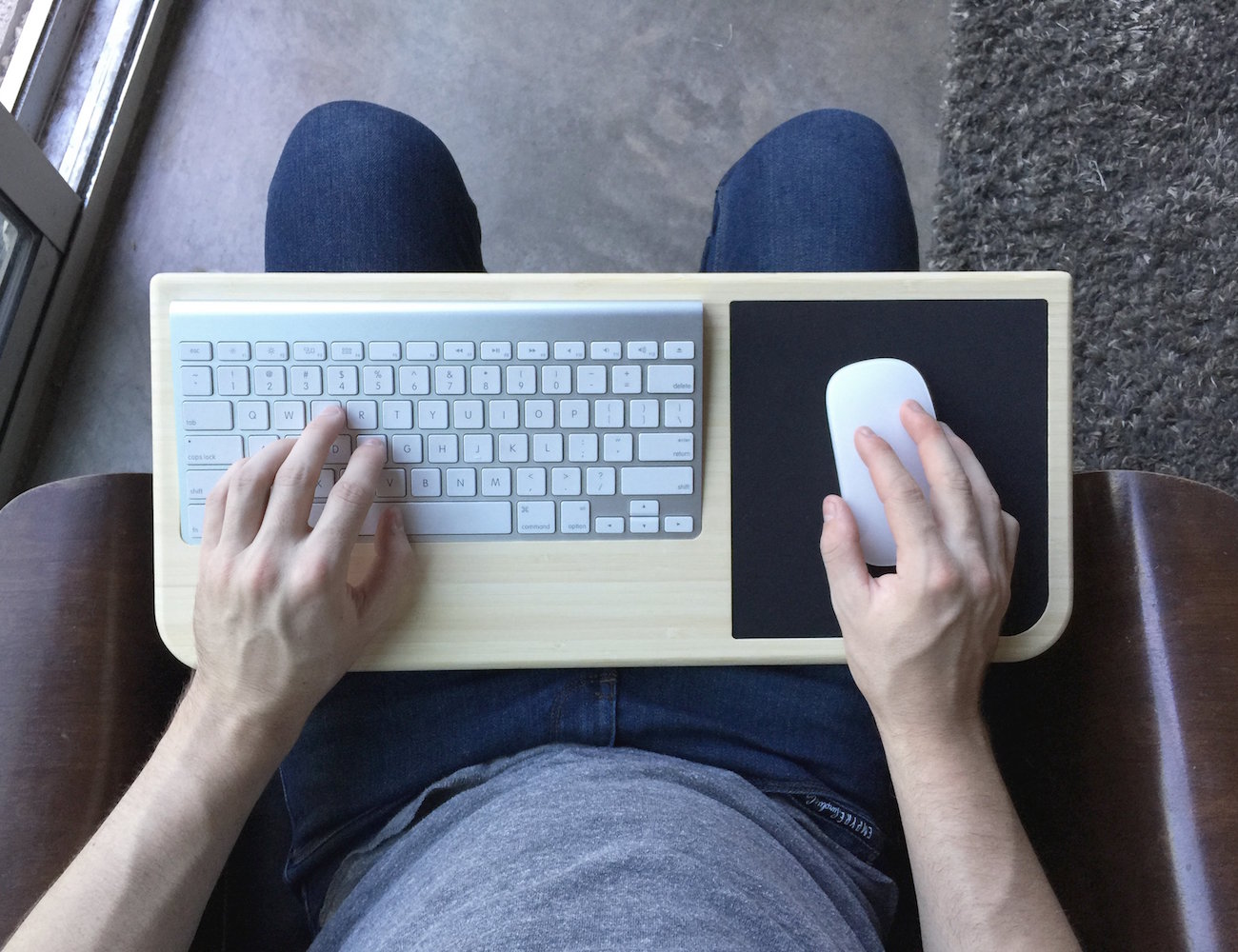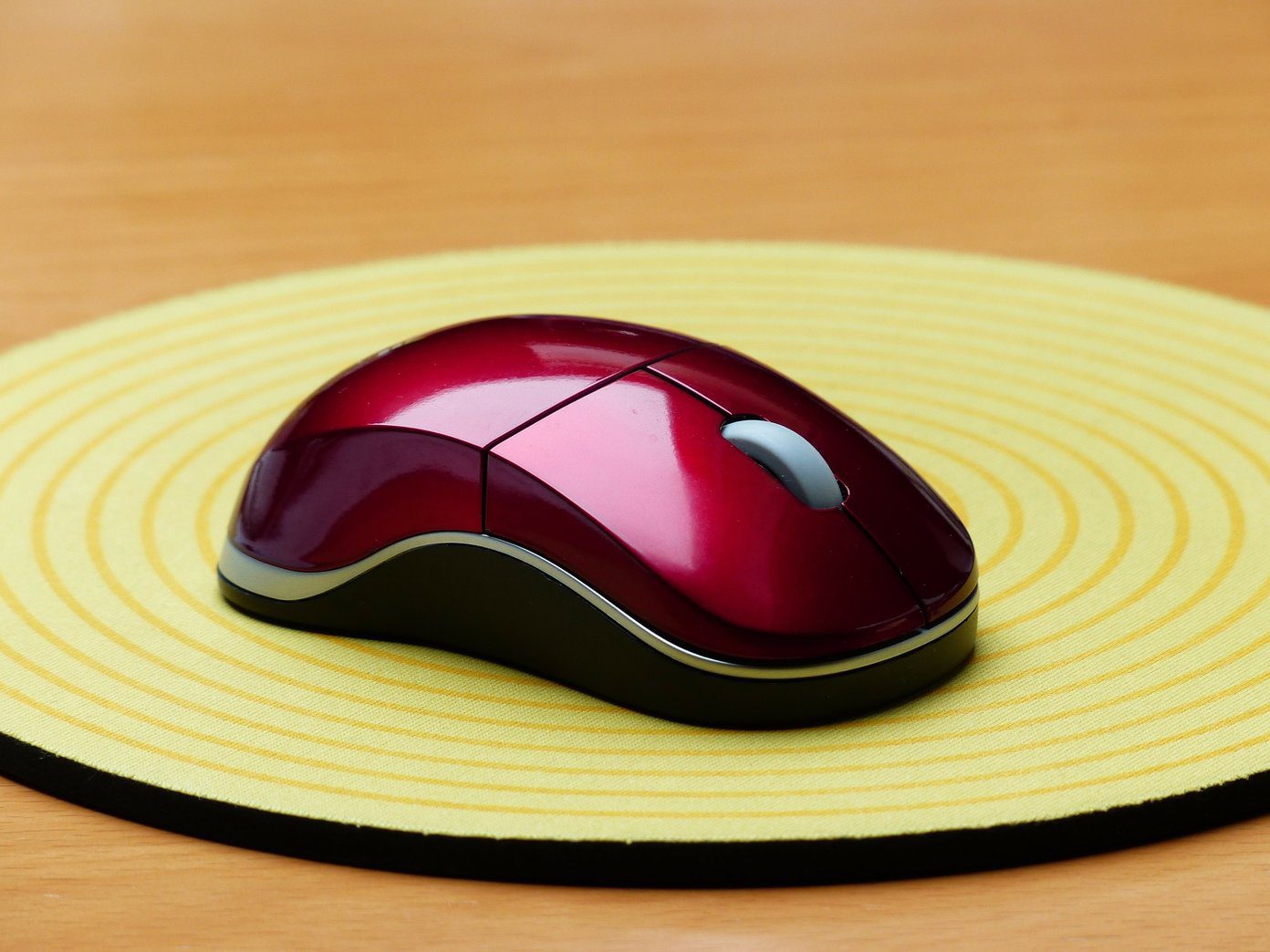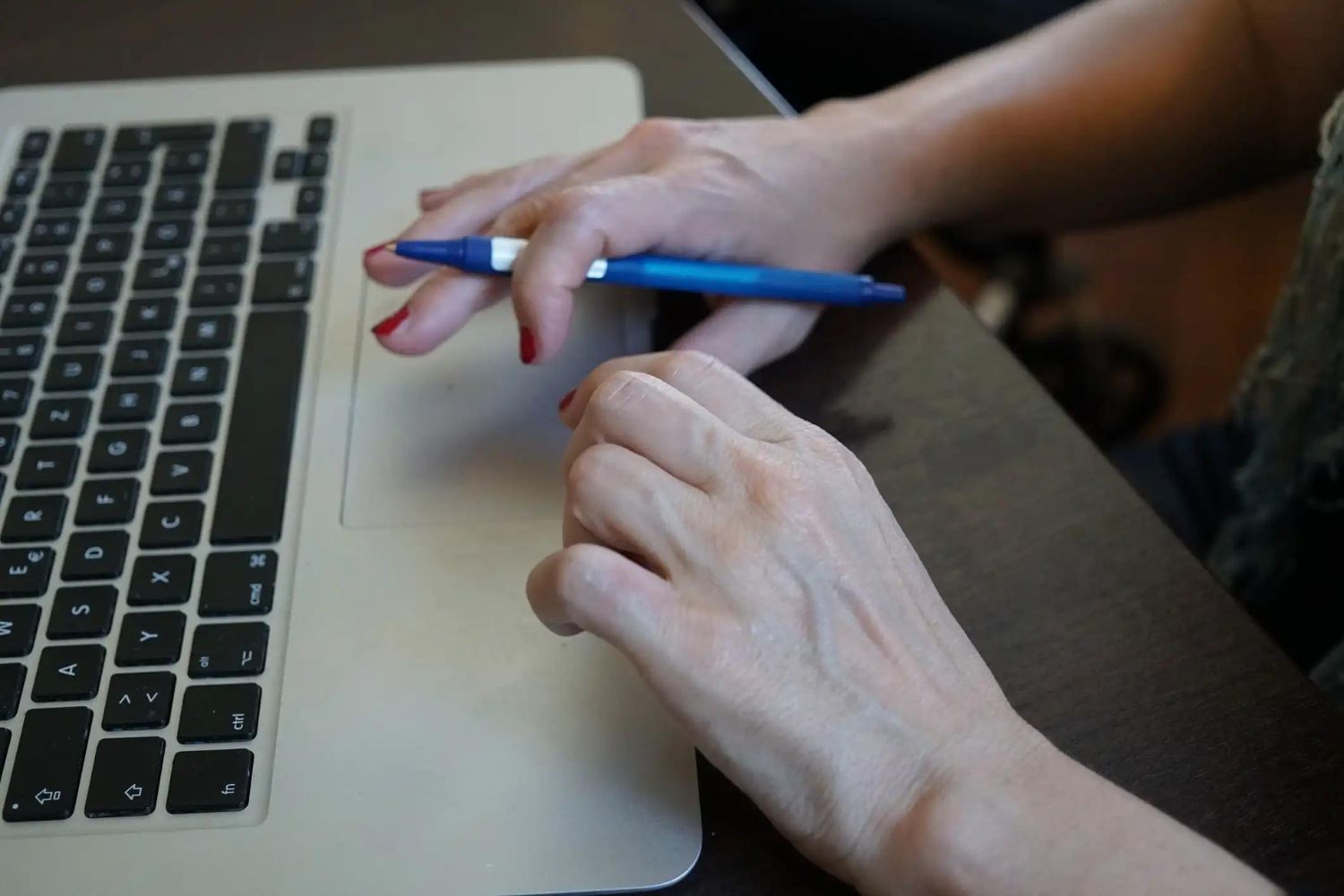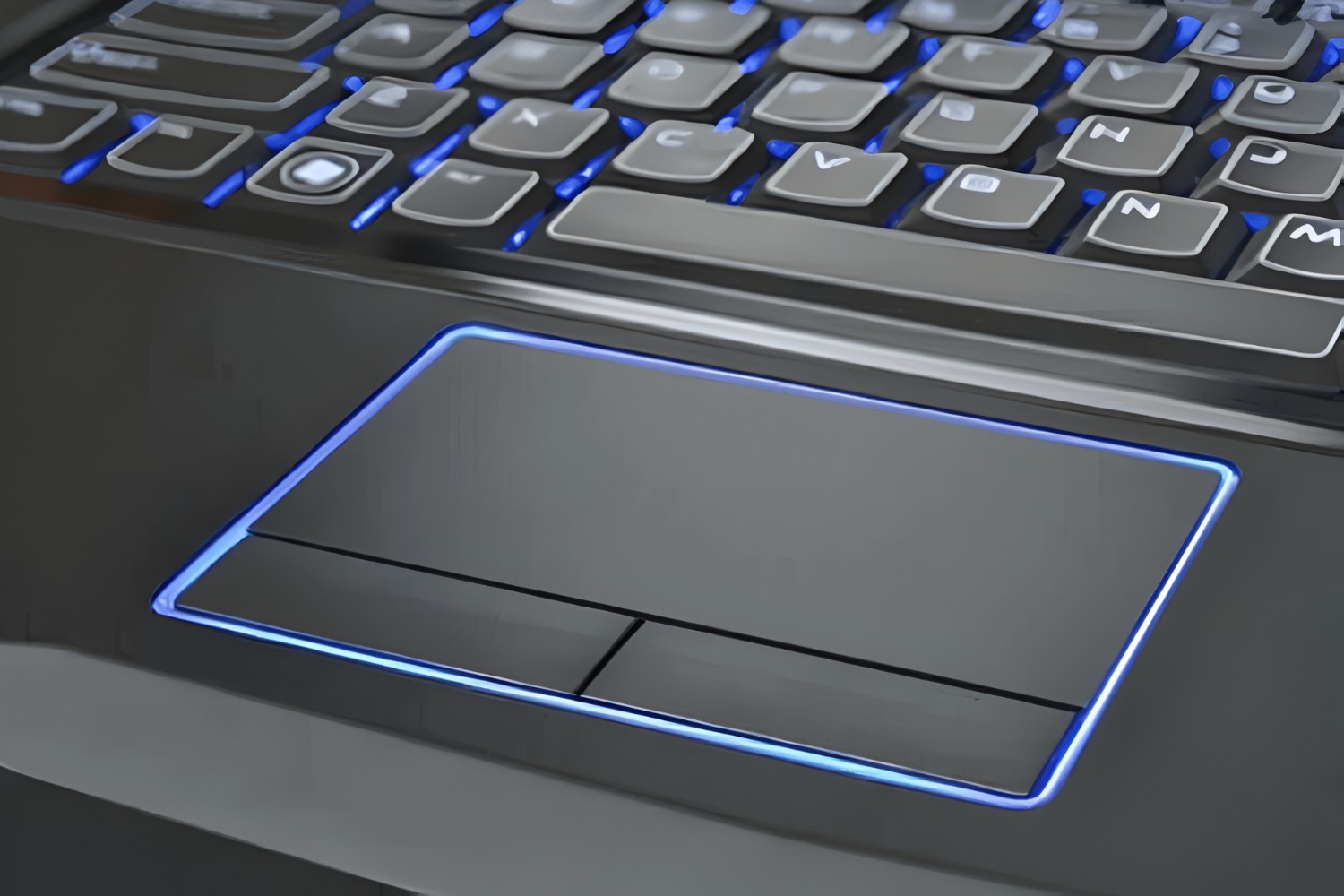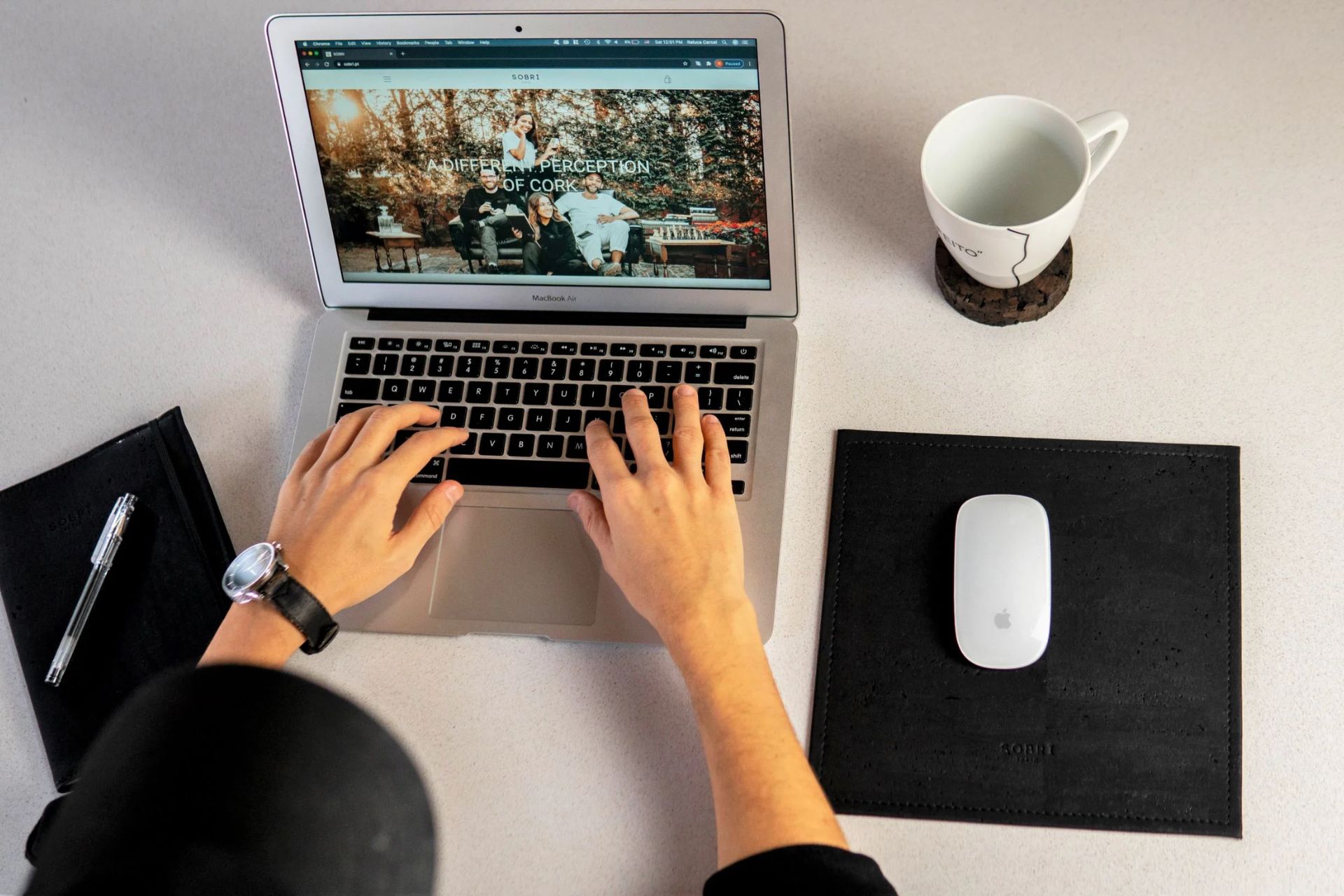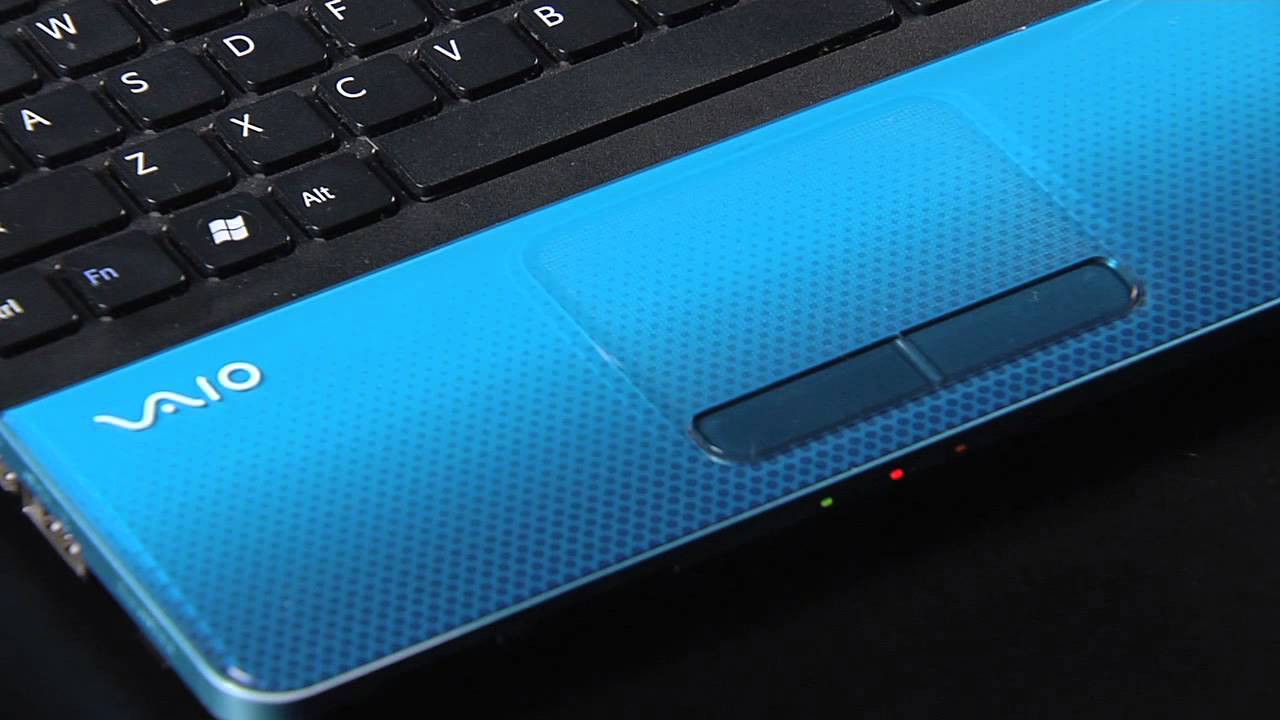Introduction
Welcome to the world of laptop customization! Your laptop's mouse pad sensitivity plays a crucial role in your overall user experience. Whether you're a casual user, a gamer, or a professional, having the ability to fine-tune this setting can significantly impact your productivity and comfort. In this guide, we'll explore the ins and outs of adjusting your laptop's mouse pad sensitivity, providing you with the knowledge and tools to tailor this feature to your specific needs.
Understanding and mastering your laptop's mouse pad sensitivity settings can lead to smoother navigation, precise cursor control, and a more enjoyable computing experience. By the end of this article, you'll have a comprehensive understanding of how to optimize this setting on both Windows and Mac operating systems, along with practical tips to help you find the perfect sensitivity level for your individual preferences.
Whether you prefer a lightning-fast response for gaming, a precise and deliberate movement for graphic design, or a balance between speed and accuracy for everyday tasks, this guide will empower you to customize your laptop's mouse pad sensitivity with confidence. Let's dive into the world of laptop customization and unleash the full potential of your device's input capabilities.
Understanding Mouse Pad Sensitivity
Mouse pad sensitivity, also known as mouse pad speed or mouse pad acceleration, refers to the responsiveness of your laptop's touchpad or trackpad to your physical touch and movements. It determines how quickly the on-screen cursor moves in response to your finger movements on the touchpad. Understanding this setting is crucial for optimizing your user experience and achieving the desired level of precision and comfort.
Mouse pad sensitivity is typically adjustable, allowing you to customize the speed and responsiveness of the cursor to suit your specific preferences and tasks. A higher sensitivity setting means the cursor will cover more screen distance with less physical movement on the touchpad, offering a faster response for quick navigation. On the other hand, a lower sensitivity setting requires more physical movement to achieve the same on-screen cursor displacement, providing finer control and precision for intricate tasks.
It’s important to note that the ideal mouse pad sensitivity varies from person to person and depends on factors such as hand-eye coordination, personal dexterity, and the specific computing tasks being performed. Finding the perfect balance between speed and accuracy is essential for a seamless and efficient user experience.
Moreover, understanding the relationship between mouse pad sensitivity and your individual computing habits is key to unlocking the full potential of your laptop's touchpad. Whether you’re navigating through documents, editing images, or engaging in fast-paced gaming, the right sensitivity setting can significantly enhance your productivity and enjoyment of the computing experience.
By delving into the intricacies of mouse pad sensitivity and its impact on user interaction, you’ll gain valuable insights into how this setting influences your daily computing activities. With this foundational knowledge, you’ll be well-equipped to make informed adjustments to your laptop’s mouse pad sensitivity, ensuring a personalized and optimized touchpad experience tailored to your unique preferences and usage patterns.
Adjusting Mouse Pad Sensitivity in Windows
Windows provides users with a range of options to customize and fine-tune the mouse pad sensitivity to their liking. To adjust this setting, follow these steps:
- Access Mouse Settings: Click on the Start menu and select “Settings.” In the Settings window, choose “Devices,” followed by “Touchpad.”
- Adjust Sensitivity: Under the “Touchpad” settings, you’ll find options to modify the sensitivity. You can drag the slider towards “Slow” for lower sensitivity, allowing for more precise control, or towards “Fast” for increased cursor speed with less physical movement.
- Test and Refine: After making adjustments, test the sensitivity by navigating around the screen and performing typical touchpad tasks. Fine-tune the setting until you find the optimal balance between speed and accuracy for your specific usage.
Windows also offers additional advanced settings for touchpad customization, including the ability to disable touchpad gestures, adjust scrolling behavior, and configure touchpad sensitivity based on your typing behavior. Exploring these options can further enhance your touchpad experience and ensure that it aligns with your unique preferences and workflow.
By leveraging the customization options provided by Windows, you can tailor your laptop’s touchpad sensitivity to suit your individual needs, whether you require swift and responsive cursor movements for efficient multitasking or precise control for detailed tasks such as graphic design or photo editing.
With the flexibility and control offered by Windows touchpad settings, you can transform your touchpad into a personalized and intuitive input device, empowering you to navigate, create, and interact with your laptop in a way that complements your unique computing style and preferences.
Adjusting Mouse Pad Sensitivity in Mac
Mac users can easily adjust the mouse pad sensitivity to their liking through the System Preferences. Here’s how to customize this setting:
- Access System Preferences: Click on the Apple logo in the top-left corner of the screen and select “System Preferences.”
- Open Trackpad Settings: In the System Preferences window, locate and click on “Trackpad” to access the trackpad settings.
- Adjust Tracking Speed: Within the Trackpad settings, you’ll find the “Tracking Speed” slider, which allows you to modify the sensitivity of the trackpad. Move the slider towards “Slow” for lower sensitivity, providing finer control, or towards “Fast” for quicker cursor movements with less physical touchpad input.
- Test and Customize: After adjusting the tracking speed, test the sensitivity by navigating around the screen and performing typical trackpad tasks. Refine the setting until you achieve the ideal balance between speed and precision for your specific usage requirements.
Mac users also have the option to enable additional trackpad gestures and customize the behavior of multi-touch gestures, providing a comprehensive set of tools to tailor the trackpad experience to their preferences and workflow.
By leveraging the intuitive and user-friendly trackpad settings in macOS, users can personalize their trackpad sensitivity to match their individual needs, whether they require swift and responsive cursor movements for seamless multitasking or precise control for detailed tasks such as graphic design or content creation.
With the ability to fine-tune trackpad sensitivity and gestures, Mac users can optimize their trackpad experience, transforming it into a seamless extension of their creativity and productivity. By customizing the trackpad to align with their unique computing style and preferences, users can enjoy a more intuitive and efficient interaction with their Mac laptops.
Tips for Finding the Right Sensitivity
Finding the optimal mouse pad sensitivity for your laptop involves a blend of experimentation, personal preference, and consideration of your specific computing tasks. Here are some tips to guide you in discovering the perfect sensitivity setting:
- Consider Your Usage: Reflect on your typical computing activities. If you engage in tasks that demand precision, such as graphic design or photo editing, a lower sensitivity setting may be beneficial. Conversely, activities like web browsing and general navigation may benefit from a higher sensitivity for swift cursor movements.
- Gradual Adjustments: When fine-tuning sensitivity settings, make gradual adjustments to observe the impact on cursor movement. Small changes can help you pinpoint the level of sensitivity that best complements your natural touchpad interaction.
- Task-Specific Profiles: Some laptops offer the option to create task-specific sensitivity profiles. Consider customizing sensitivity settings for different tasks, such as creating a profile for gaming with heightened cursor speed and another for precise document editing with lower sensitivity.
- Ergonomic Comfort: Pay attention to your physical comfort and ergonomics while using the touchpad. The ideal sensitivity setting should allow for effortless and comfortable cursor control, minimizing strain and maximizing efficiency.
- Test Across Applications: Evaluate the sensitivity setting across various applications and scenarios. Ensure that the chosen sensitivity level enhances your performance and comfort across a spectrum of tasks, from creative endeavors to everyday productivity.
- Observe Responsiveness: Assess how responsive the touchpad feels at different sensitivity levels. The ideal setting should offer a seamless and natural response to your touch, facilitating fluid and intuitive cursor movements.
By integrating these tips into your exploration of mouse pad sensitivity, you can refine this setting to harmonize with your unique preferences and computing requirements. The journey to discovering the perfect sensitivity level is an opportunity to enhance your touchpad experience, boost productivity, and elevate your overall satisfaction with your laptop’s input capabilities.
Conclusion
Customizing your laptop’s mouse pad sensitivity is a gateway to a more personalized and intuitive computing experience. By understanding the nuances of sensitivity adjustment and leveraging the customization options provided by Windows and Mac operating systems, you can tailor your touchpad or trackpad to align with your unique preferences and usage patterns.
Whether you seek heightened responsiveness for seamless multitasking, precise control for creative endeavors, or a balanced sensitivity level for everyday computing, the ability to fine-tune this setting empowers you to optimize your touchpad experience. The tips for discovering the right sensitivity serve as valuable guidelines, enabling you to navigate the nuances of sensitivity customization with confidence and insight.
As you embark on the journey of refining your laptop’s mouse pad sensitivity, remember that the ultimate goal is to enhance your comfort, productivity, and enjoyment of the computing experience. By embracing the flexibility and control offered by sensitivity customization, you can transform your touchpad or trackpad into a seamless extension of your creativity and workflow, ensuring that it complements your natural touchpad interaction.
Embrace the opportunity to experiment, fine-tune, and personalize your touchpad sensitivity, unlocking the full potential of your laptop’s input capabilities. With a tailored sensitivity setting, you can navigate, create, and interact with your laptop in a way that resonates with your unique computing style, fostering a more intuitive and efficient touchpad experience.
By embracing the art of sensitivity customization, you pave the way for a more harmonious and productive relationship with your laptop’s touchpad or trackpad, where every cursor movement aligns seamlessly with your intentions and enhances your overall computing journey.







